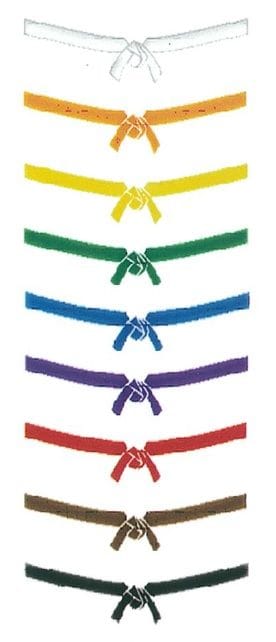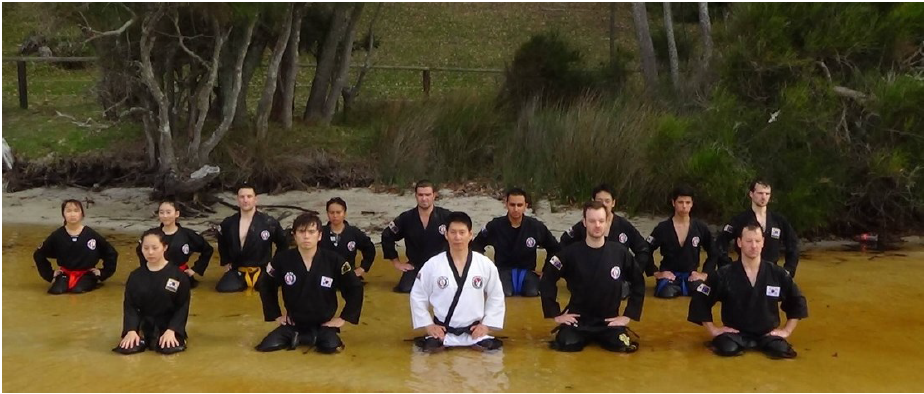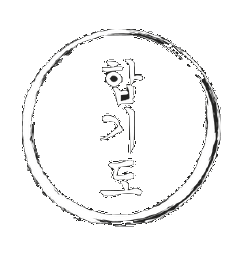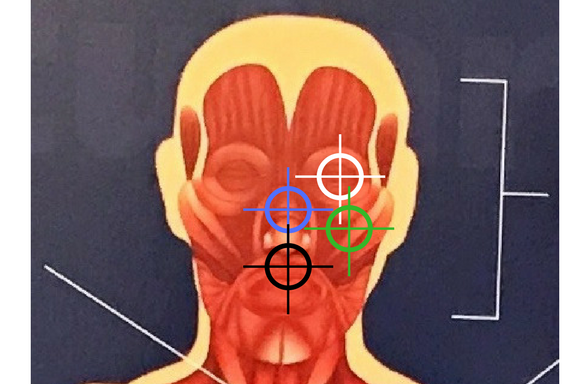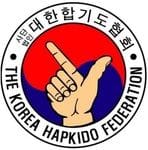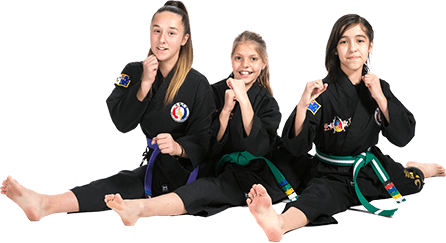The first six areas are highlighted equally during formal training. The seventh area, healing techniques is part of Instructor and Master level training where you will learn to manage injury with revival, chiropractic, pressure point and massage techniques.
When technically comparing to other martial arts, one could recognise Hapkido as the complete martial art system as it incorporates:- Joint locks and submissions found in Japanese Jujitsu and Aikido.
- Kicking techniques and footwork like Taekwondo and Kickboxing.
- Punches and hand strikes as in Karate and Boxing.
- Chokes, pins, throws and sweeps found in Judo and Brazilian Jiu Jitsu.
- Acrobatic attacking techniques like Wu Shu and Capoeira.
- Breathing, stretching and meditation similar to Tai Chi and Yoga.
- Integrated "hard" and "soft" methods found in many Kung Fu systems.
- Weapon defence systems like Ninjutsu ranging from Knife, Short Stick (baton), Towel, Cane, Sword, Nunchaku, Long Staff and Hand Gun Defence.

